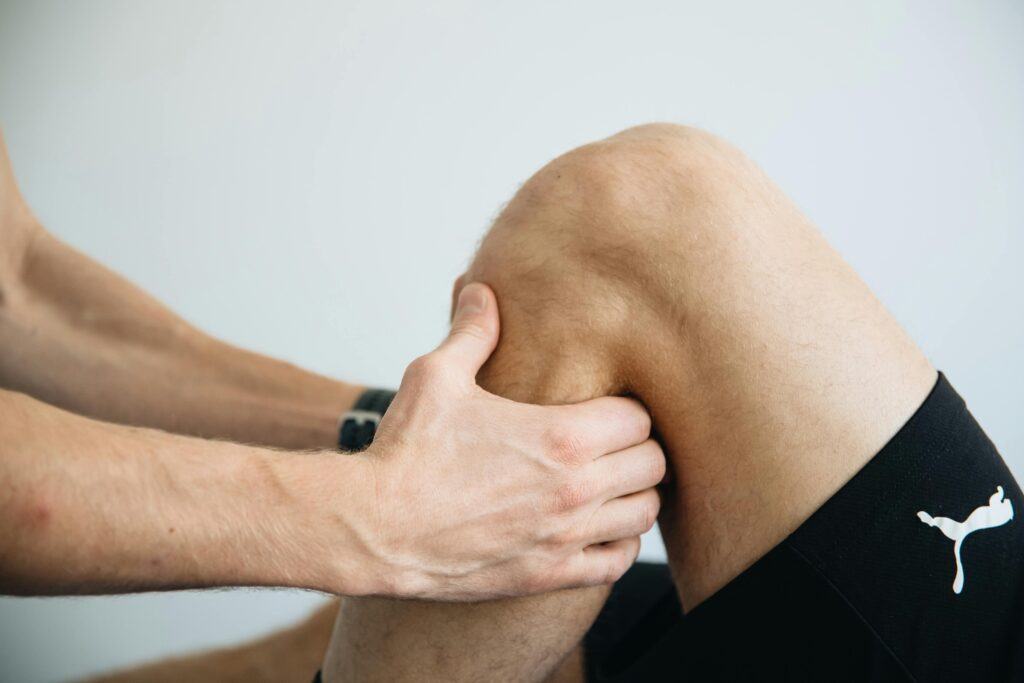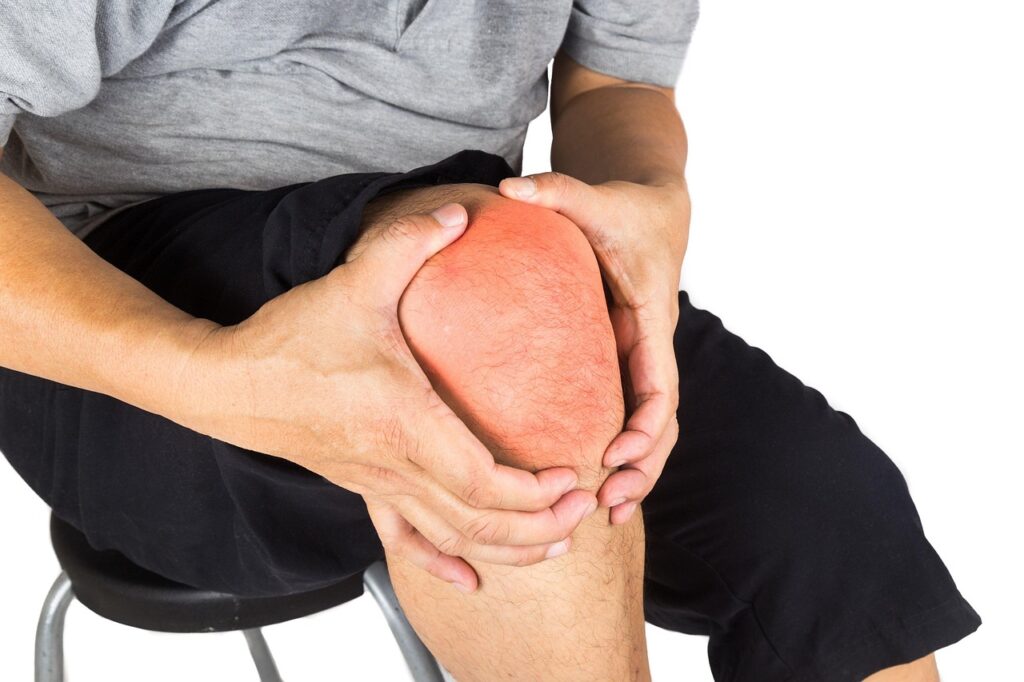
Introduction
Ever twisted your knee and felt that sharp jolt on the outside? That could be your Lateral Collateral Ligament (LCL) sending a not-so-subtle warning. The LCL might not get the spotlight like the ACL, but it’s just as crucial for keeping your knee strong, steady, and pain-free. Let’s break down what happens when this key ligament takes a hit.
Understanding the LCL
Anatomy of the Lateral Collateral Ligament
Think of the LCL as one of the guards of the outside of your knee. It goes from the thigh bone (femur) to the small lower leg bone (fibula) and sits on the outside of your knee like a support band.
Role of the LCL in Knee Stability
The LCL prevents your knee from bowing outward. When you’re jumping, rotating, or side-stepping, it engages to straighten your leg. Damage that ligament, and your knee can feel unstable or wobbly.
Causes
Direct Trauma
Most commonly, the perpetrator? A direct blow to the inside of the knee. This kind of hit buckles the knee out, hyperextending the LCL.
Sports-Related Injuries
Athletes involved in sports like football, soccer, skiing, and basketball are most at risk. Sudden stops, direction changes, or nasty tackle can spell trouble for the LCL.
Overuse and Strain
Repeated strain caused by overtraining or improper technique can cause the ligament to weaken over time until it disintegrates—especially if other muscles and joints are not pulling their weight.
Symptoms and Signs of LCL Injury
Common Symptoms
- Outside knee pain
- Swelling or tenderness
- Feeling as if the knee is going to buckle
- Bruising and stiffness
- Limited motion or walking difficulty
When to Seek Medical Help
If your knee buckles, swells, or yelps in agony following a twist or fall, don’t try to ride it out—see a healthcare professional.
Grading LCL Tears
Grade I – Mild Stretch
Ligament is slightly stretched. Pain is there, but you can still walk—though carefully.
Grade II – Partial Tear
Here’s where things get dicey. The ligament is partly torn, and your knee feels unstable.
Grade III – Complete Rupture
A total tear. You’ll feel serious instability, pain, and likely need surgery.
How LCL Tears Are Diagnosed
Physical Examination
Doctors use specific tests to stress the knee and check for looseness on the outer side.
Imaging Tests
- X-rays check for bone damage
- MRI shows ligament tears clearly
- Ultrasound may help assess real-time ligament movement
LCL Tear Treatment
Non-Surgical Options
In Grade I or II tears:
- Rest and no weight-bearing
- Ice to reduce swelling
- Anti-inflammatory drugs
- Knee bracing for stabilization
- Physical therapy
Surgical Options
When non-surgical is not sufficient, especially in Grade III:
LCL Repair vs. Reconstruction
- Repair reconnects the torn ligament
- Reconstruction uses a graft (from your body or donor) to build a new ligament
Rehabilitation and Recovery Timeline
Recovery Without Surgery
- Grade I: 1–2 weeks
- Grade II: 3–6 weeks
Physical therapy plays an important role in recovering strength and mobility.
Surgery recovery
- 4 to 6 months depending on severity
- Intensive rehabilitation with personalized exercises for you
Physical Therapy’s Role
Physicians restore the knee’s strength, rebuild your muscles, and prevent re-injury.
Complications and Risks
Chronic Knee Instability
If left untreated, your knee will never feel stable again.
Long-term Joint Health Issues
Botched healing can become arthritis or chronic pain. Prevention and early treatment are your best bets.
Athlete LCL Tears
Sports-Specific Rehab
Sport-specific rehab is revolutionary. Think agility training, plyometrics, and strength training.
Safely Returning to the Game
Return only when cleared by your doctor and therapist—returning too soon will put you even further behind.
LCL Injuries in Teens and Kids
Why Pediatric Injuries Are Different
Kids are still growing, so treatment tends to preserve growth plates.
Growth Plate Considerations
Surgery might need adjustments to prevent interference with bone growth.
Preventing LCL Injuries
Athlete Tips
- Warm up appropriately
- Don’t neglect leg day—build strength evenly
- Play with proper form
Strength and Conditioning Exercises
- Side lunges
- Resistance band lateral walks
- Hamstring curls
Advances in LCL Treatment
PRP and Biologics
Platelet-Rich Plasma injections may potentially speed healing, especially in partial tears.
Arthroscopic Surgery Techniques
Minimally invasive, quicker recovery, and fewer complications—what’s not to love?
When to See an Expert
Signs You Shouldn’t Ignore
- Knee collapses often
- Swelling is ongoing
- Pain disrupts your sleep or activities
Getting the Right Treatment Early
Don’t wait for things to become worse. An orthopedic specialist can show you the way.
Conclusion
LCL tears are not as popular as ACL injuries, but they can be equally debilitating. The key is to catch the issue early, choose the right treatment, and stick to a good rehab program. Whether you’re a regular weekend warrior or a seasoned athlete, taking care of and protecting your knees will have you pain-free for years to come.
FAQs
- Can you walk with a torn LCL?
Yes, but depending on how severe. Small ones can still allow you to walk, while big ones make it hard to bear weight. - Do LCL tears heal by themselves?
Mild to moderate ones heal with rest and therapy, but full tears usually require surgery. - How do I tell if I sprained or tore my LCL?
The only way to know for sure is by an exam and imaging like an MRI. Symptoms can overlap. - Is surgery always needed for LCL injuries?
Not always. Grade I and II usually heal with conservative therapy. Grade III usually needs surgery. - Can I prevent a tear of the LCL?
You can reduce the risk by strength training, proper technique, and protective equipment during high-impact activities.
Link:https://www.bupa.co.uk/health-information/knee-pain/lateral-collateral-ligament-lcl-injury


